Giant Strides in Underwater Photography
Well, I’m back from the Digital Shootout and am ready and patiently waiting for next year’s event to hurry up and get here. I learned a TON during my week at the Little Cayman Beach Resort with the Backscatter Underwater Video and Photography crew. Here is a list of the most important things I remembered:
- Strobe placement should not require a protractor, compass or other mathematical device to figure out. According to Berkley White, position your strobes above and behind the dome port for best results. If you are shooting with a super wide angle lens (like I was) and want to achieve that close focus, wide angle look, keep your strobes the same distance away from your camera as your subject object is from the dome port.
- Try losing weight. No, I don’t mean you should run to the nearest Jenny Craig or buy a StairMaster. I mean loose lead weight. I have ALWAYS dived with ten pounds in salt water, and I was down to six by the second day of the Shootout. Try loosing three pounds to start and then go from there.
- As I’ve said in my day four blog — FIRE CORAL IS BAD. I went the entire week without a wetsuit, and boy did I live to regret it. If you think the water is too warm for neoprene (like it was for me in Little Cayman), at least wear a skin. It’ll keep down the ouchie factor 100 percent.
- Marine creatures are a lot like cats — they are finicky and never do what you want them to do, ever. After spending multiple days trying to chase down all the sea life on Bloody Bay Wall and only managing to chase them away, I learned that the best method is to simply let them come to you. The squid I shot loved my camera strobes and approached to me to investigate. All I did was click the shutter to achieve success.
- Lastly, use your shutter speed to control the exposure instead of your aperture. It completely un-complicates things and works like a charm the majority of the time. I realize this is not how many underwater photographers work, but almost every image I shot was exposed properly (so there).
Next year the Backscatter team is heading to Bonaire and sign-up has already begun. Check out thedigitalshootout.com for more information and coverage of past events. THANK YOU twenty times over to everyone from the Little Cayman Beach Resort for their amazing accommodations and food, Reef Divers and their awesome dive staff, everyone from Backscatter who helped me immensely and allowed me to join this awesome event, and all of the zany, wonderful people who participated and gave me advice. May the force be with you all and hope to see you next year.
Well, I’m back from the Digital Shootout and am ready and patiently waiting for next year’s event to hurry up and get here. I learned a TON during my week at the Little Cayman Beach Resort with the Backscatter Underwater Video and Photography crew. Here is a list of the most important things I remembered:
- Strobe placement should not require a protractor, compass or other mathematical device to figure out. According to Berkley White, position your strobes above and behind the dome port for best results. If you are shooting with a super wide angle lens (like I was) and want to achieve that close focus, wide angle look, keep your strobes the same distance away from your camera as your subject object is from the dome port.
- Try losing weight. No, I don’t mean you should run to the nearest Jenny Craig or buy a StairMaster. I mean loose lead weight. I have ALWAYS dived with ten pounds in salt water, and I was down to six by the second day of the Shootout. Try loosing three pounds to start and then go from there.
- As I’ve said in my day four blog — FIRE CORAL IS BAD. I went the entire week without a wetsuit, and boy did I live to regret it. If you think the water is too warm for neoprene (like it was for me in Little Cayman), at least wear a skin. It’ll keep down the ouchie factor 100 percent.
- Marine creatures are a lot like cats — they are finicky and never do what you want them to do, ever. After spending multiple days trying to chase down all the sea life on Bloody Bay Wall and only managing to chase them away, I learned that the best method is to simply let them come to you. The squid I shot loved my camera strobes and approached to me to investigate. All I did was click the shutter to achieve success.
- Lastly, use your shutter speed to control the exposure instead of your aperture. It completely un-complicates things and works like a charm the majority of the time. I realize this is not how many underwater photographers work, but almost every image I shot was exposed properly (so there).
Next year the Backscatter team is heading to Bonaire and sign-up has already begun. Check out thedigitalshootout.com for more information and coverage of past events. THANK YOU twenty times over to everyone from the Little Cayman Beach Resort for their amazing accommodations and food, Reef Divers and their awesome dive staff, everyone from Backscatter who helped me immensely and allowed me to join this awesome event, and all of the zany, wonderful people who participated and gave me advice. May the force be with you all and hope to see you next year.
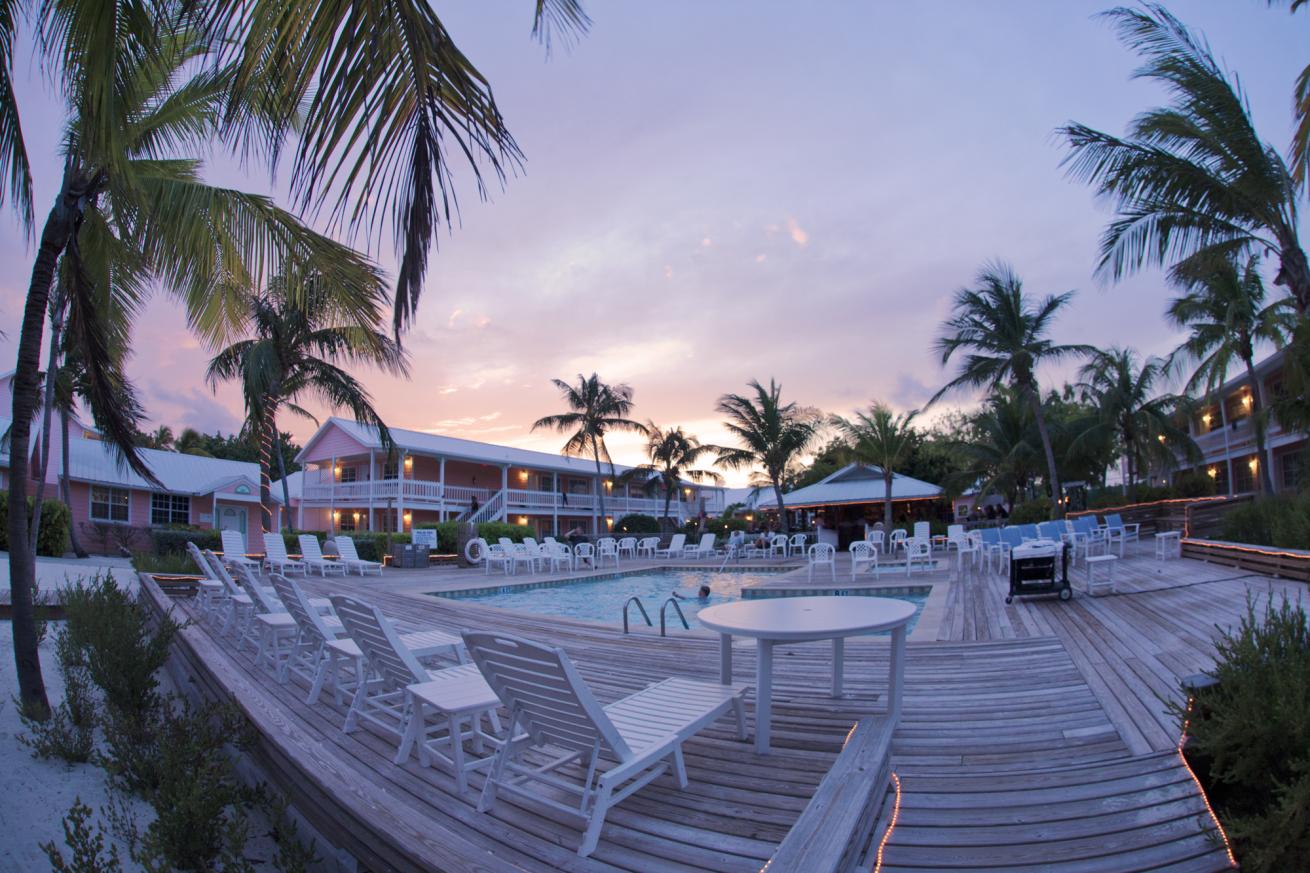
Katy Danca GalliSunset at Little Cayman Beach Resort
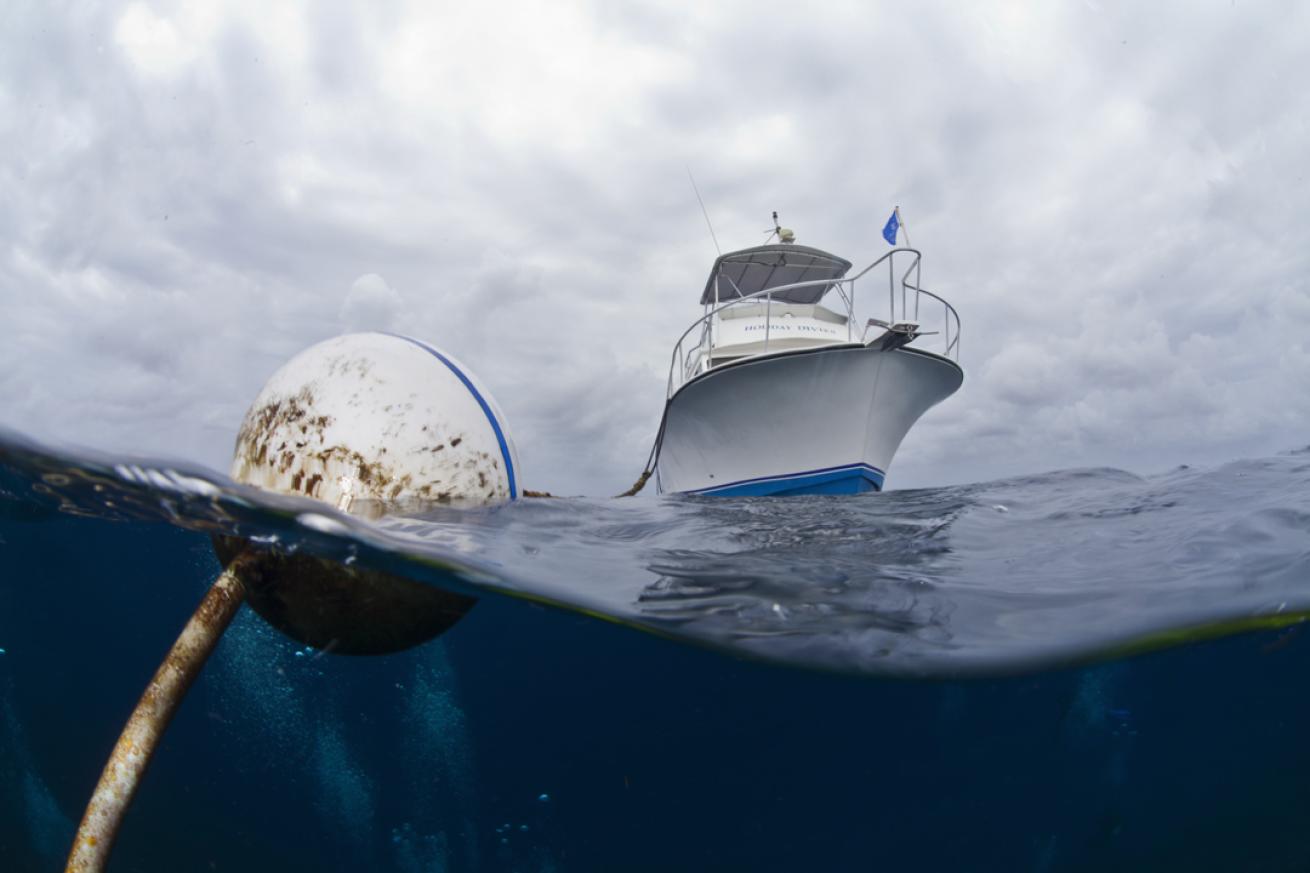
Katy Danca GalliLittle Cayman Beach Resort Reef Divers dive boat
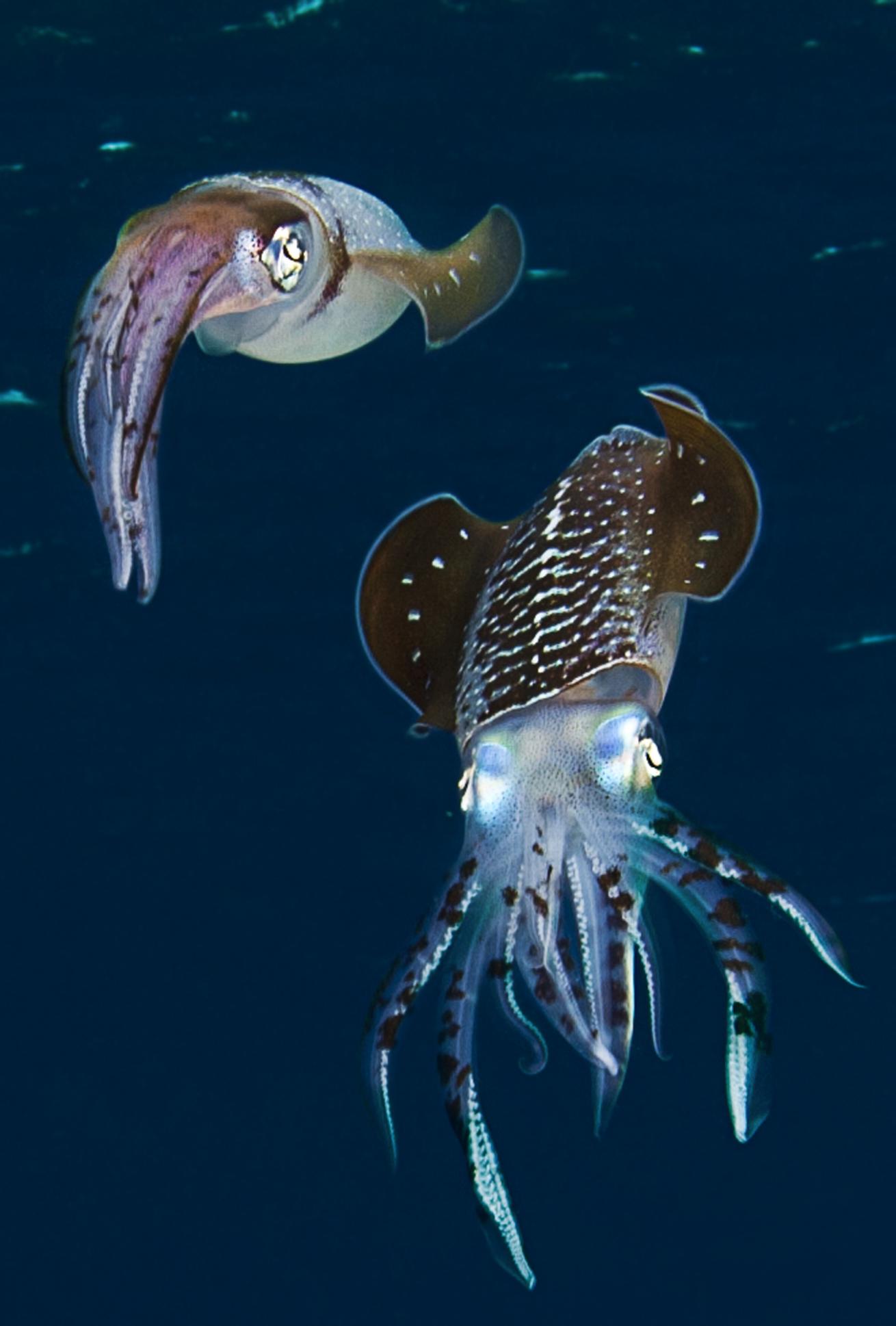
Katy Danca GalliCurious Caribbean reef squid
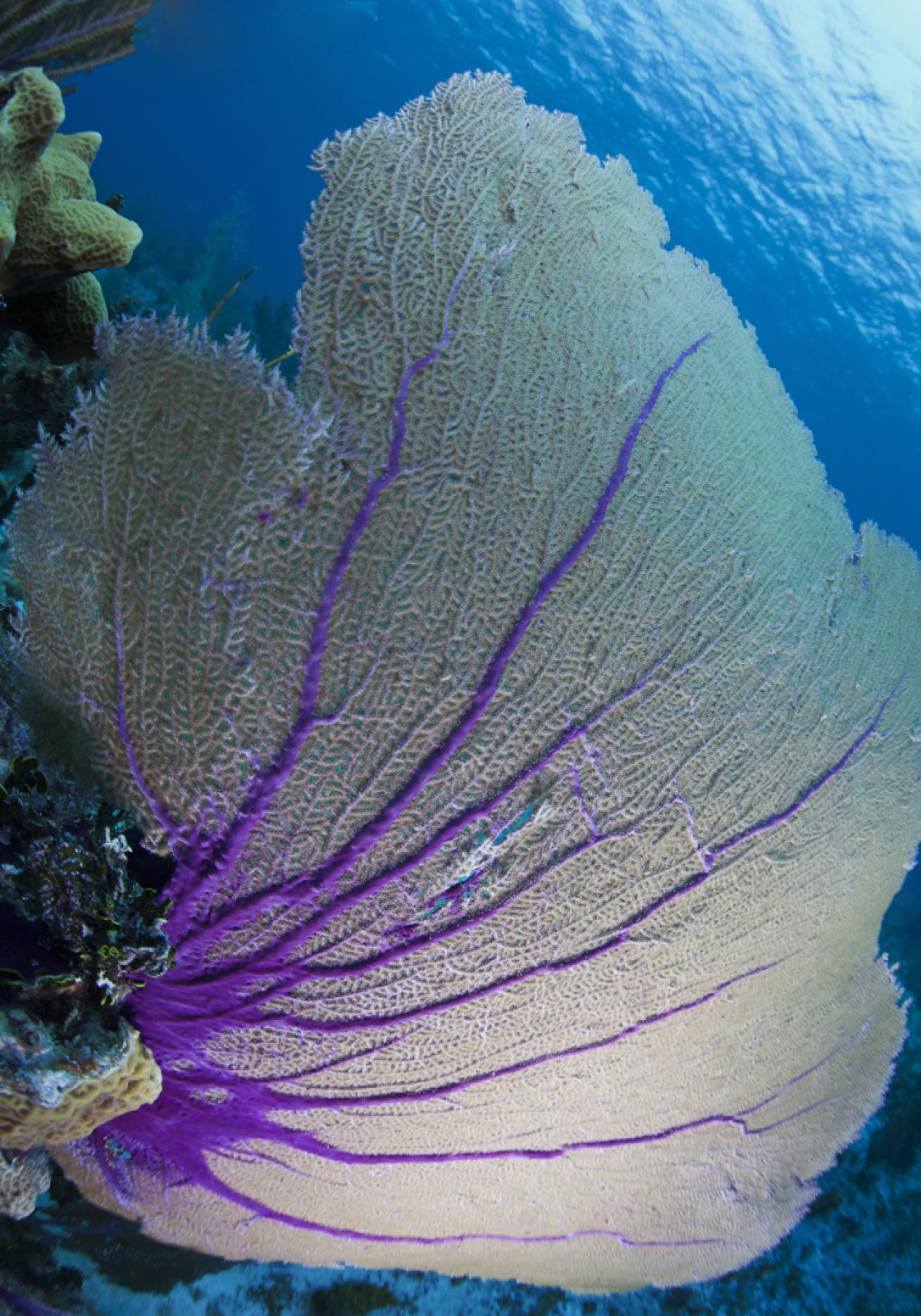
Katy Danca GalliGiant sea fan on Little Cayman's Bloody Bay Wall
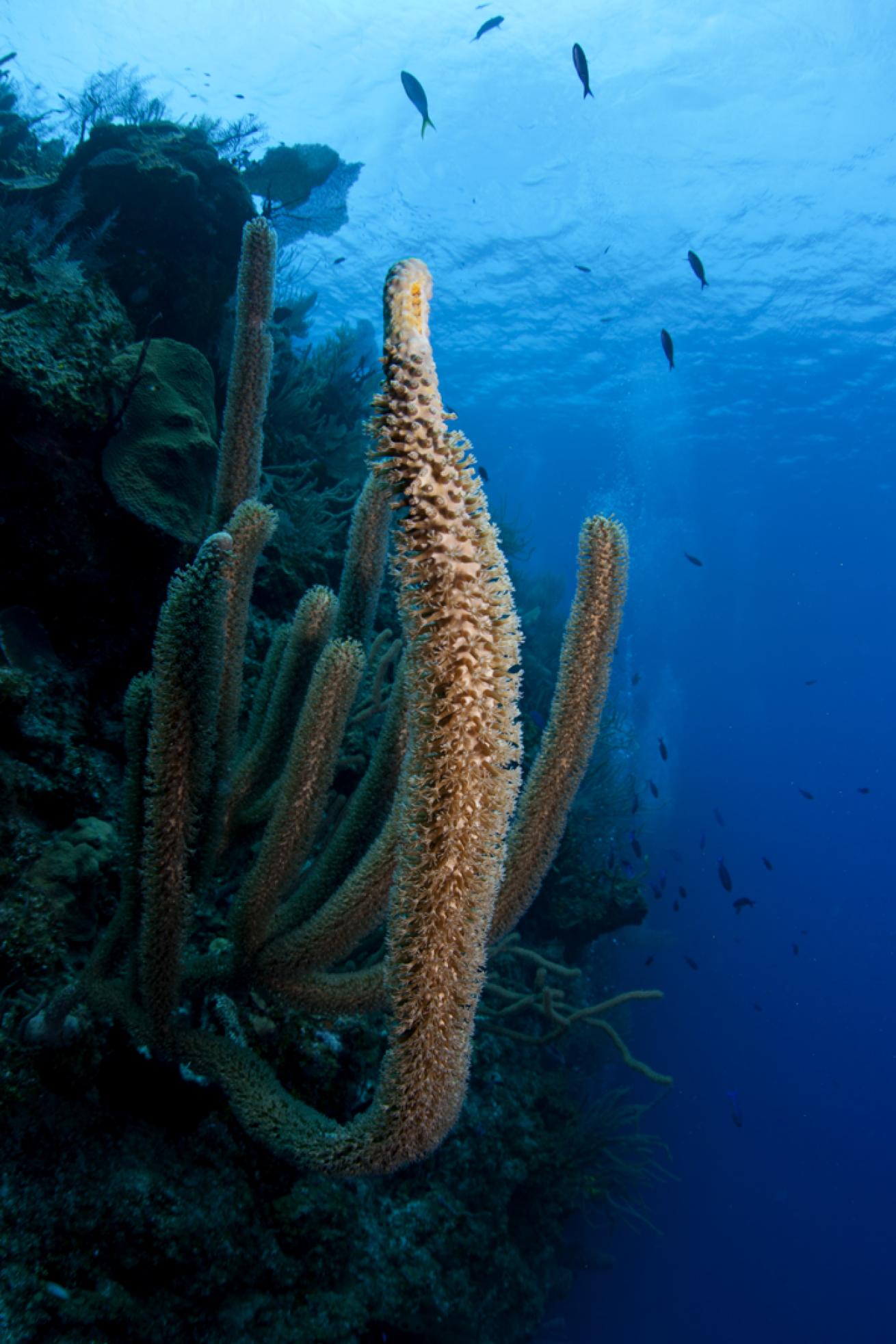
Katy Danca GalliHealthy gorgonian on Bloody Bay Wall
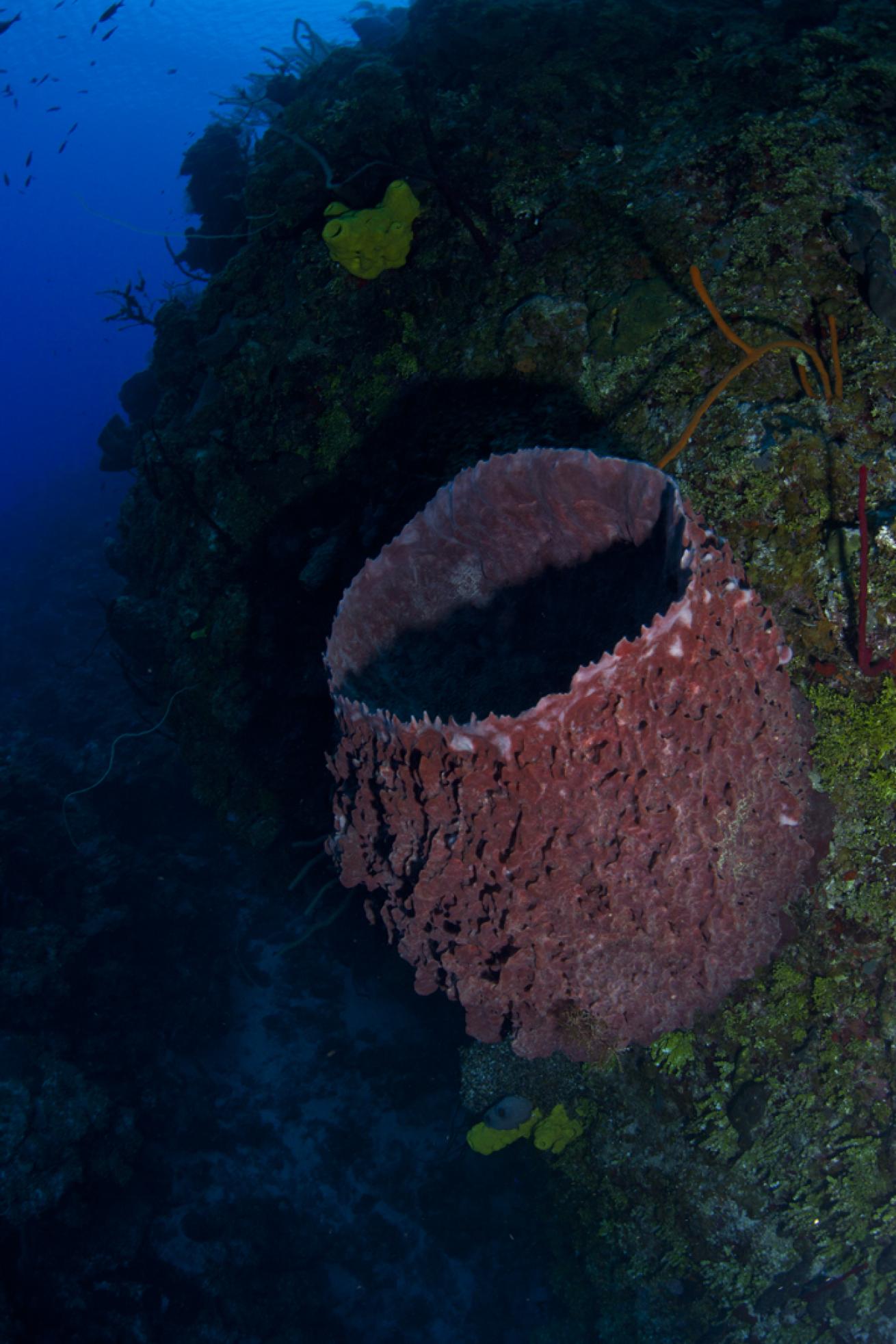
Katy Danca GalliBarrel sponge on Bloody Bay Wall, Little Cayman
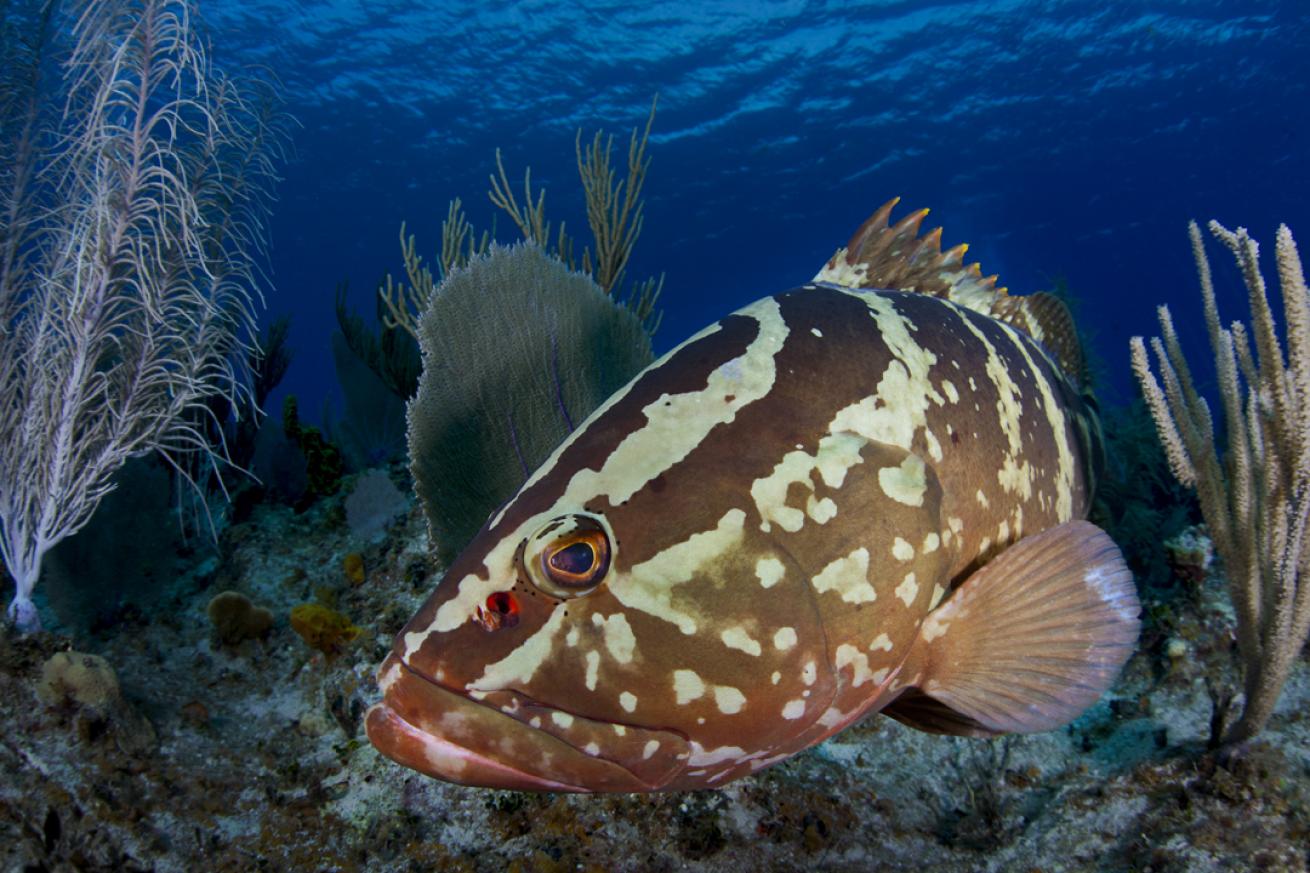
Katy Danca GalliNassau grouper, Bloody Bay Wall, Little Cayman










